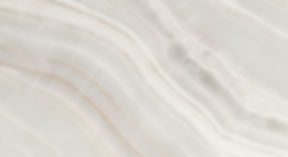For centuries (6,500 years to be exact) cultures around the globe have highly valued lapis lazuli for its intense blue hues and has been found in endless artifacts ranging from Mesopotamia all the way to Rome. In fact, it's one of the oldest mined gemstones, with mining sources dating back to 700 BC. It's striking myriad of colors has made it one of the most common gemstones to be carved into cabachons for jewelry, statues, bowls, and tools still to this day.
Lapis Lazuli receives it's notable appearance from a combination of lazurite, calcite, and pyrite. However, the most valuable lapis lazuli specimens are nearly void of any calcite, seeing as the deepest most saturated pieces are the most sought after. Due to its relative softness (5) and waxy luster, lapis lazuli makes a perfect candidate for carving and jewelry making.
One of the most common mistakes that people make with lapis lazuli is confusing or misidentifying it as sodalite, or vice versa. The key difference between these two similar appearing minerals is that sodalite is actually part of the makeup of lapis lazuli. The chemical difference between the two is also what gives lapis lazuli a more vibrant and saturated hue of blue, whereas sodalite is deeper. Lastly, pyrite flakes will be the ultimate determining factor. Lapis Lazuli will always have bands or flakes of pyrite, whereas sodalite will not. A few other things to look out for, especially when buying lapis lazuli. A few false trade names will appear time to time, such as Gilson Lapis and Swiss Lapis. It's important to take note of these names in case you run into them in the future, and always make sure to do research on anything that is labeled more than just the standard 'Lapis Lazuli' name.
We hope this satisfied your curiosity on lapis lazuli! Keep rockin' on and remember to #doitfortheGRAM


